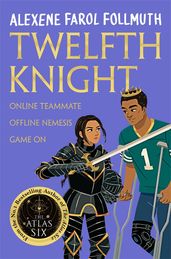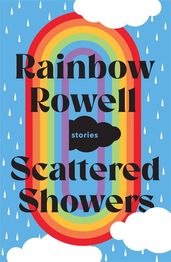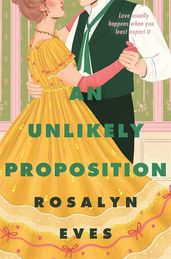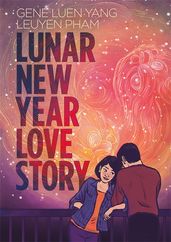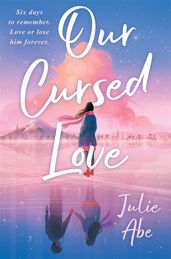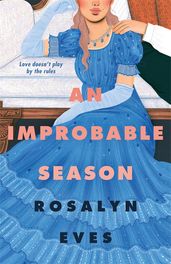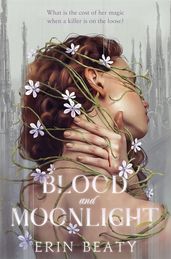
Life: An Exploded Diagram
Synopsis
A brilliant coming-of-age story set against the backdrop of the Cold War and events leading up to the Cuban Missile Crisis.
Clem Ackroyd lives with his parents and grandmother in a claustrophobic home too small to accommodate their larger-than-life characters in the bleak Norlfolk countryside. Clem's life changes irrevocably when he meets Frankie, the daughter of a wealthy farmer, and experiences first love, in all its pain and glory. The story is told in flashback by Clem when he is living and working in New York City as a designer, and moves from the past of his parents and grandmother to his own teenage years. Not only the threat of explosions, but actual ones as well, feature throughout in this latest novel from one of the finest writers working today.
Details
Reviews
How do I admire this breathtakingly intricate novel? Let me count the ways. There’s its beautiful, bittersweet evocation of rural adolescence in 1962, so sensually done that you can almost hear the fizzing hormones. There’s its sheer scope – Google Earth in a novel - as we zoom out from the North Norfolk strawberry fields to land in the testosterone-fuelled tensions of JFK’s cabinet room and the humid jungles of Cuba and the Bay of Pigs. There are its gloriously imagined characters: both the older ones who fold inside themselves the disappointments and deprivations of wartime; and the younger ones, starting to taste freedoms and opportunities of which their parents can scarcely conceive. And there’s the fact that the whole is utterly untainted by blinkering nostalgia. ‘Nostalgics want to cuddle the past like a puppy,’ says Clem. ‘But the past has bloody teeth and bad breath.’
... its spine-tingling, loin-buzzing, butterflies-in-the-stomach evocation of what it feels like to be young, that extraordinary time of having life, love, sex and the whole oyster of the world in front of you. And so then what a blow it is when you realise that world is also a dangerous one, run by stupid people who might just cause mass destruction to your plans...
From the expansive opening section, which introduces several generations of Clem's family, Peet moves us effortlessly through time. His book jumps in chronology and shifts in scale: one paragraph begins with the ship Granma bound for Cuba carrying Fidel and Che, and ends with Brian Woods throwing Clem's cap on to the back of a passing lorry. And it does so with pin-sharp humour. If you're counting down to an imminent doomsday, you could do worse than to spend a few of your remaining hours reading this.
You know when a book has really got under your skin when you have to remind yourself that no, the characters do not exist in real life, and no, it would not be cool to ring the author and ask whether Clem goes back to Frankie, that in fact you are really only one step away from talking at characters in The Archers like your mum…. But we defy you to read Life: An Exploded Diagram (Walker) and not fall in love...World history and small moments of exquisite tenderness pulled together in an enthralling narrative - Mal Peet is a genius.
Since 2003, Mal Peet has been quietly (too quietly, it might be argued) producing many of the finest books in young adult literature. His excellent historical novel, Tamar, won the 2005 Carnegie medal, while Exposure, a brilliant riff on Othello transposed to the world of South American football, was awarded the 2009 Guardian children's fiction prize. With Life: An Exploded Diagram, Peet has once more produced a winner: a subtle, minutely observed novel with a huge heart and a bold historical sweep.
Somehow it all connects, thanks to Peet's cool eye, generous sensibility and fierce intelligence. It doesn't hurt that his storytelling prowess is more than a match for the lust of his young protagonists, the inner workings of JFK's war cabinet, and the gruesome conditions inside a Russian submarine, which "tipped and slewed in the water like a drowned rocking-horse" (and also happens to be carrying an atomic bomb with America's name on it).
The question that will undoubtedly be raised in relation to this – and one that has been asked of Peet's work before – is whether it really belongs in the young adult section. From the unpublished writer who told me "If all else fails, I'll write a YA book", to Martin Amis's pronouncement that he'd have to be brain injured to write for children, the slight sneer that follows the category often suggests it's a sub-valid form of literature, OK for those not intelligent or mature enough for real books.
Life: An Exploded Diagram is a real book, a rare treat for thoughtful readers of any age. Read it yourself. Then, if you can think of a young person with the wit to appreciate it, pass it along.











